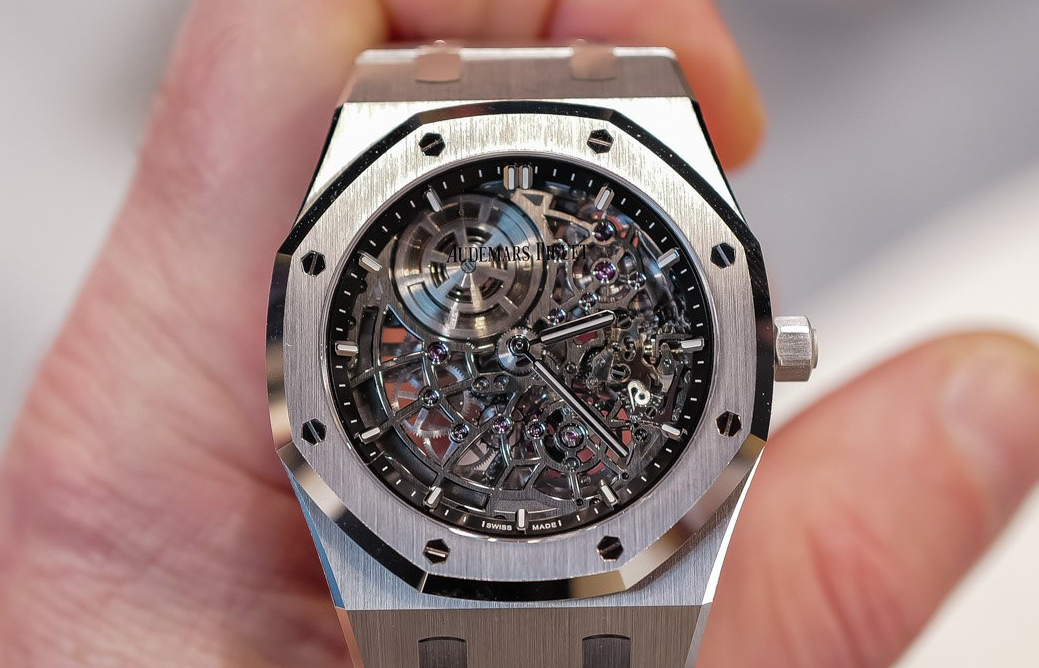In the radiant galaxy of haute horlogerie, few stars shine brighter than Audemars Piguet and Rolex. These two legendary watchmakers, each rooted in their own distinct origins, have come to define what it means to create a luxury timepiece. One traces its beginnings to the serene valleys of Le Brassus, Switzerland, with nearly 150 years of independent watchmaking heritage. The other emerged from early 20th-century London with a vision for precision timekeeping and pioneering design. Though they differ in philosophy and style, both brands hold irreplaceable positions in the world of fine watches. And it is precisely this contrast in design language and brand ethos that has built loyal communities around each-and has even contributed to the rise in popularity of high quality replica watches.
Audemars Piguet: The Sculptor of Bold watches
Founded in 1875 by two young Swiss watchmakers, Jules Louis Audemars and Edward Auguste Piguet, Audemars Piguet (or AP) has always remained a family-run company-an impressive rarity in the Swiss watch industry. AP is famous for its handcrafted timepieces with complex mechanical movements and avant-garde designs. The launch of the Royal Oak in the 1970s, for example, revolutionized the concept of a luxury sports watch. With its octagonal bezel, exposed screws, integrated bracelet, and “Tapisserie” patterned dial, the Royal Oak quickly became an icon, merging industrial boldness with refined craftsmanship.
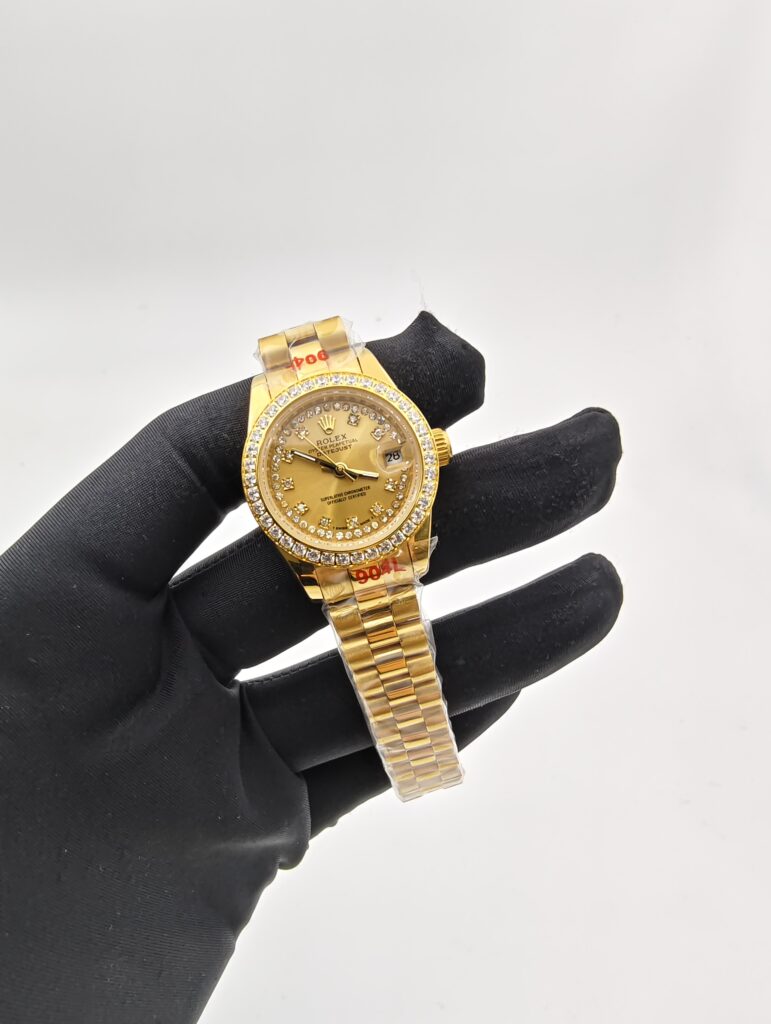
AP’s identity is deeply rooted in artistic expression and mechanical excellence. Their watches are often seen as wearable sculptures-bold, innovative, and unapologetically forward-thinking. They’re more than just instruments of time; they are statements of personality, and sometimes, even rebellion against tradition.
Rolex: The Architect of Precision and Durability
Rolex, on the other hand, was established in 1905 by Hans Wilsdorf with a different goal in mind-creating wristwatches that combined elegance with technical superiority. From producing the first chronometer-certified wristwatch to introducing the waterproof Oyster case, and pioneering the automatic date display with the Datejust, Rolex has always led through innovation.
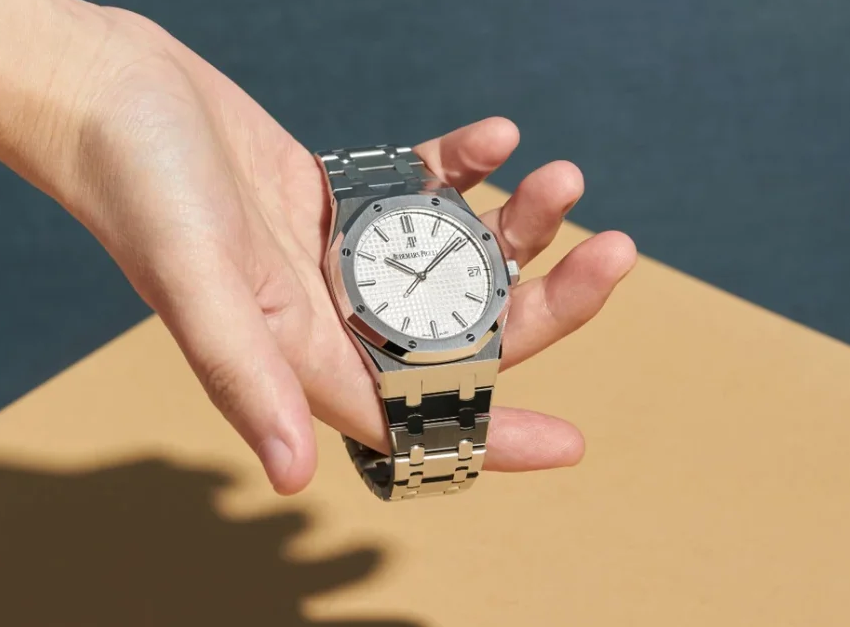
Rolex designs are often understated yet powerful. They exude a sense of reliability and resilience. The rotating bezel of the Submariner, the fluted bezel of the Datejust, and the day aperture of the Day-Date have all become iconic elements of watch design. Where AP seeks to provoke and inspire with its artistry, Rolex seeks to perfect and endure with its engineering. It’s a philosophy of timeless appeal-one that values precision, utility, and quiet sophistication.
Material Philosophy: Luxury with a Purpose
The materials used by both brands further highlight their divergent philosophies. Audemars Piguet tends to embrace luxurious and experimental materials like 18K gold, 950 platinum, ceramics, and forged carbon. These are often used boldly in sports watch cases, giving each piece a sense of muscular elegance. Many AP models also incorporate diamond-setting, hand engraving, and artistic dial treatments, ensuring each timepiece tells a story beyond the movement within.
Rolex, on the other hand, focuses intensely on proprietary materials developed in-house. Their patented Everose gold, corrosion-resistant Oystersteel, and the anti-magnetic blue Parachrom hairspring are examples of how the brand merges metallurgy with functionality. These innovations not only enhance durability but also ensure Rolex watches perform flawlessly in even the harshest conditions-whether underwater, in the air, or on the wrist of an explorer scaling Mount Everest.
Craftsmanship: The Artist’s Hand vs. The Precision of Machines
When it comes to craftsmanship, AP champions traditional hand-finishing techniques passed down through generations. From anglage (bevelling) and polishing to perlage and Geneva stripes, each AP watch is a testament to artisanal labor. It’s no surprise that AP’s annual production is far lower than Rolex’s-exclusivity and craftsmanship come at a cost, but one that collectors are more than willing to pay.
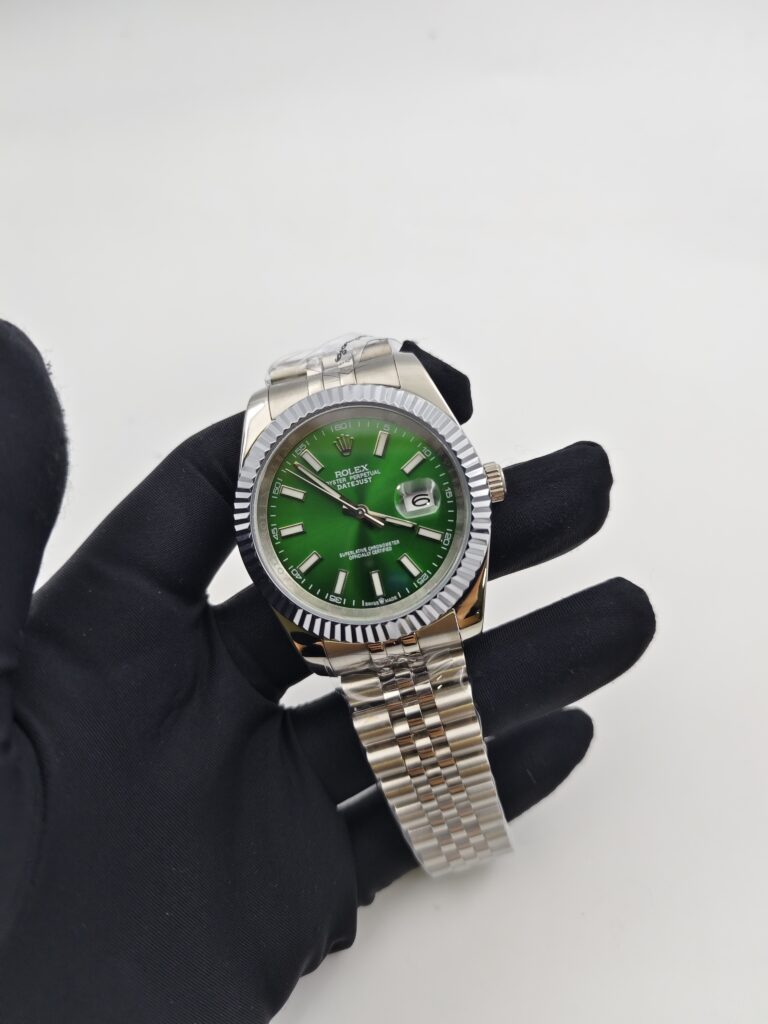
Rolex, in contrast, has perfected the art of automated precision. With over 90% of its components produced in-house, including movements, cases, and dials, Rolex watches are the result of an intricate blend of human skill and robotic accuracy. Each watch is subjected to rigorous quality control and COSC certification, ensuring unparalleled consistency across the brand’s vast output.
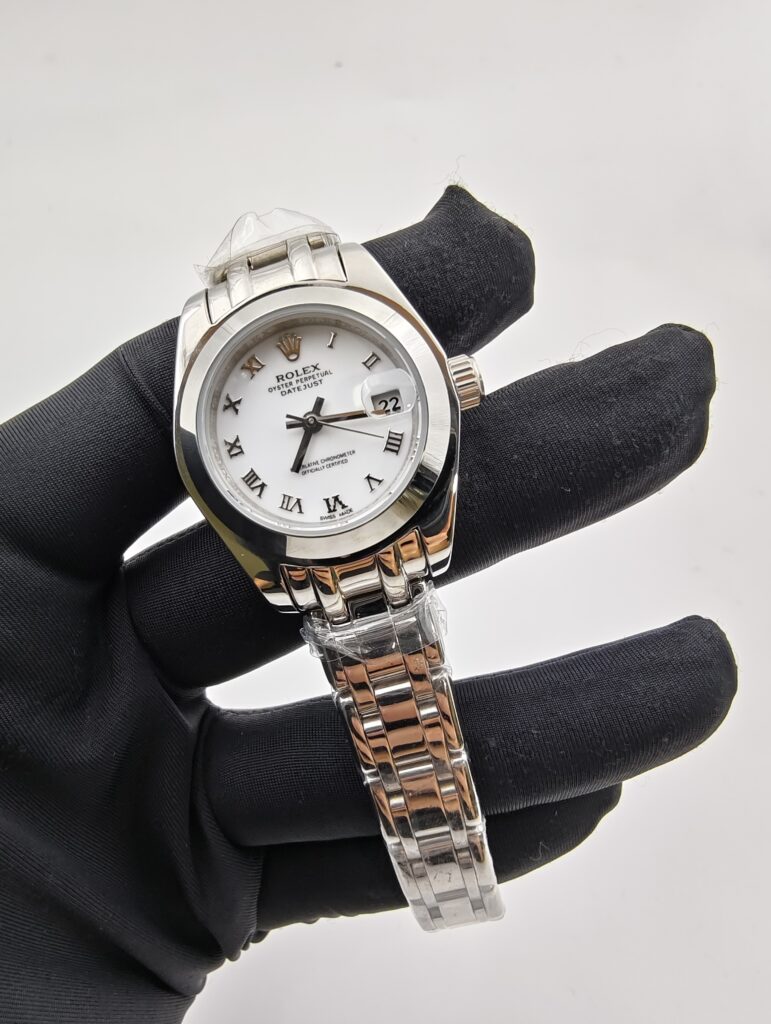
As Audemars Piguet and Rolex continue to dominate the replica luxury watch space, the desire to own one of their iconic pieces has only grown. However, limited production, high premiums, and discontinued models often put these timepieces out of reach for many enthusiasts. This has led to the growing popularity of high-quality replica watches.
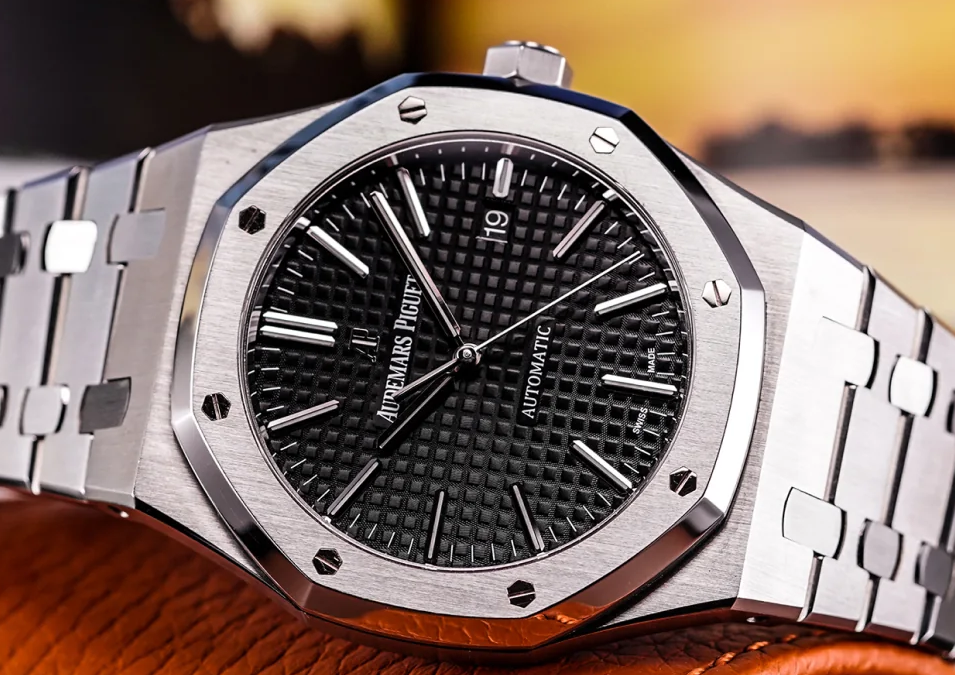
Contrary to the perception that all replicas are cheap knockoffs, there is an emerging segment of the replica market that focuses on respecting the essence of the original. These watches aim to faithfully recreate the design, materials, and in some cases, even the movement architecture of the originals. Skilled artisans and micro-manufacturers invest significant effort in crafting these replicas, allowing more people to experience the aesthetics and feel of legendary timepieces.
